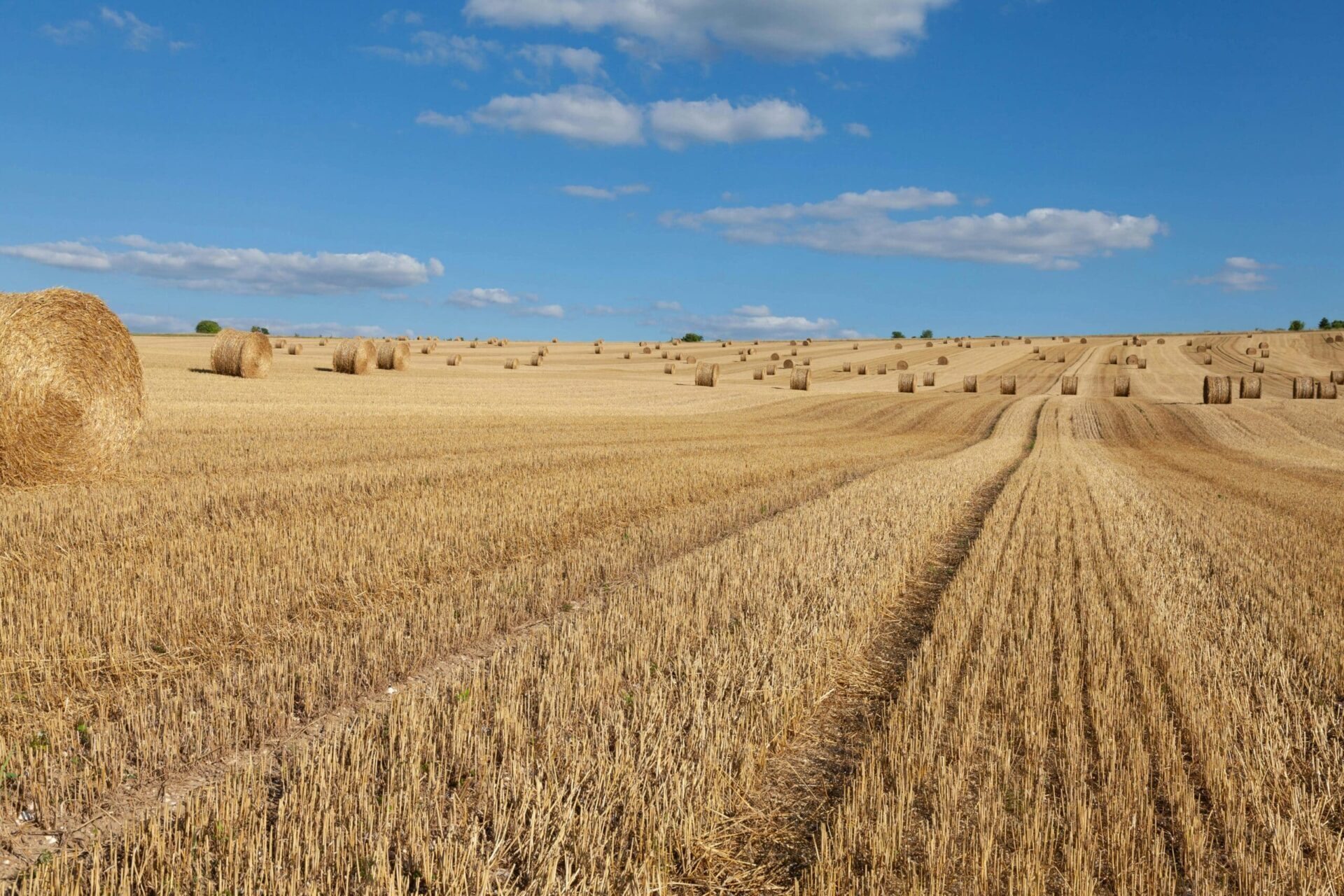
If farming life felt hard before, 2025 turned it into a full-on crisis. Across the U.S., farmers are facing everything at once—soggy fields, searing heat, crashing prices, and rising costs. The stress isn’t just about food on plates; it’s about livelihoods, legacy, and land.
Corn and Wheat Start the Year Struggling

The USDA’s early crop ratings sent alarms through farm country, as only 68 percent of corn and 45 percent of spring wheat fell into good or excellent condition. That marks the lowest start for corn since 2019 and ties the recent low for wheat. Cold, wet weather slowed growth in places like North Dakota and Ohio. Traders eyed potential market jitters if dry weather doesn’t show up soon. Farmers are keeping an eye on the sky, hoping warmer sun brings rescue
American Farm Bureau Reports $20 Billion in Losses
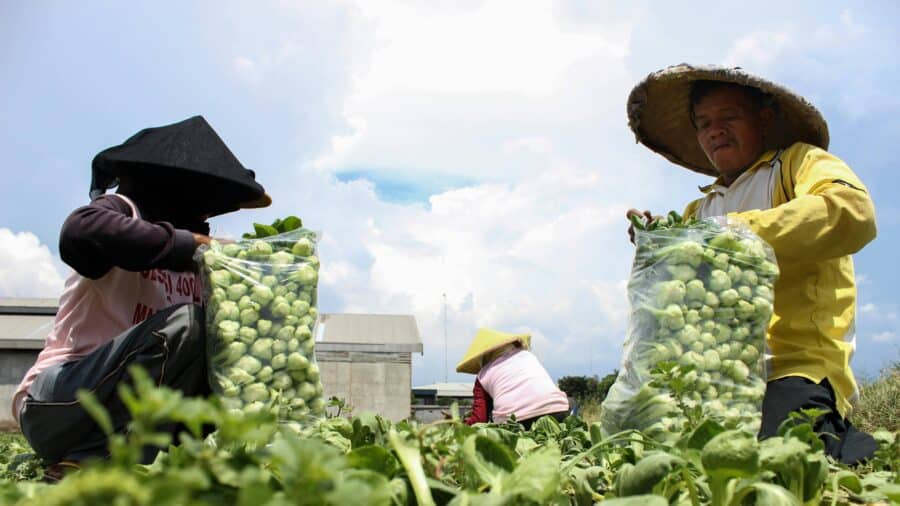
2024 didn’t feel like a year to brag about—rivers, fires, droughts, and floods added more than $20 billion in losses across U.S. farms and rangeland. Fruit, veggie, and nut producers took a major hit, especially in big agriculture states.
Fresh-produce folks say they lost almost half a billion from just grapes, berries, and nuts. Experts say unprecedented weather damage is testing everyone. For many, this isn’t just a rough patch. It’s a test of whether farming around here can take any more.
Tariffs and Turmoil Make Bad Weather Worse
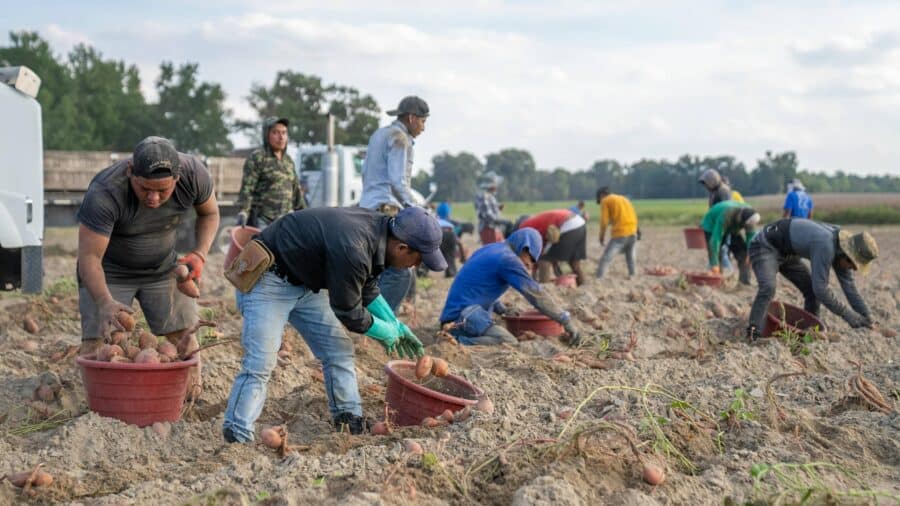
In places like Texas and the Midwest, farmers are battling both nature and policy. After heavy rain and flooding wiped out crops, they had to watch global tariffs squeeze their export options. Import taxes on soybeans and cotton made markets unpredictable, leaving many without safe buyers.
Ranchers Face Record-High Beef Prices, Low Herds
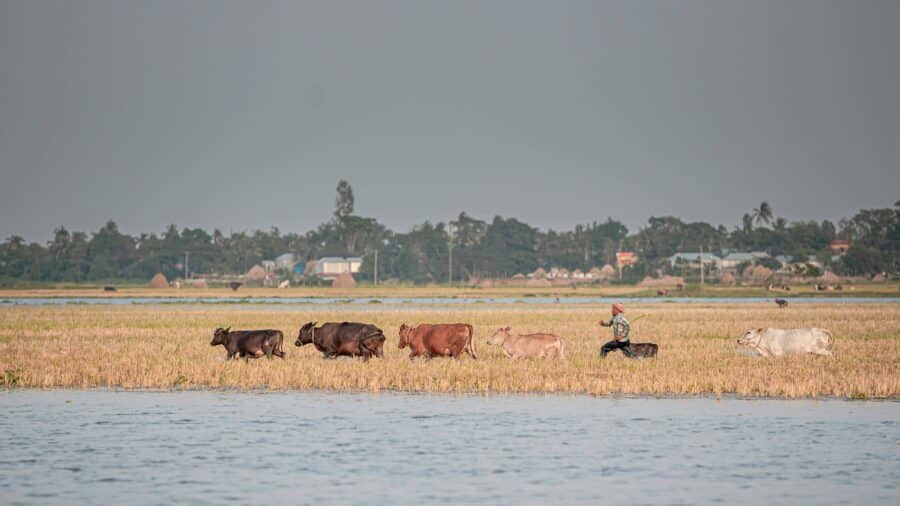
If beef costs a lot at the grocery, there’s a reason. Ranchers in South Dakota can’t quickly expand their herds even though demand and retail prices are soaring, sometimes above $6 a pound. It’s the lowest midyear herd size since the 1970s.
It’s the drought that has hurt grazing, hay prices are sky-high, and restocking takes years. Producers feel stuck between market opportunity and practicality. For now, they’re walking a financial tightrope in boots.
Great Plains Farmers Brace for Another Dry Year
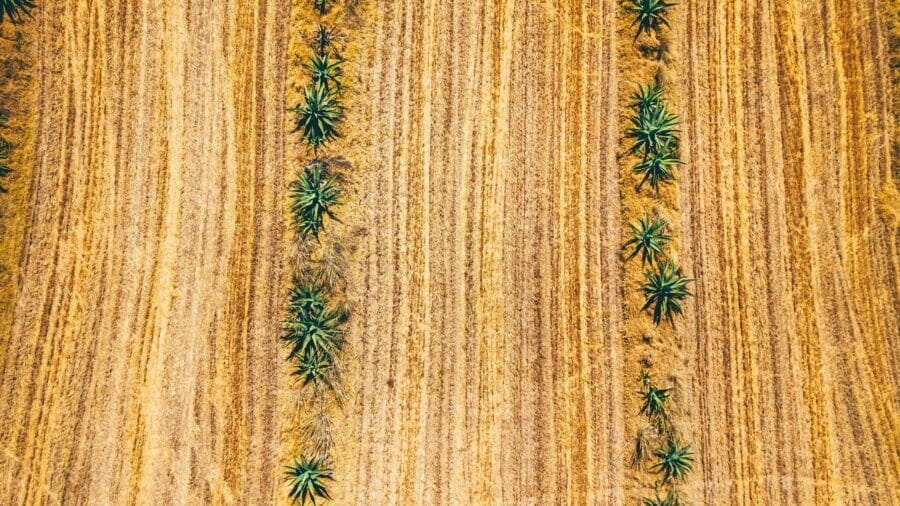
The Midwest and Great Plains have seen drought creep in again, with nearly 50 percent of states facing moderate to severe dryness. Rain has been sporadic, soils stay baked, and livestock producers are worried about water and grass.
State climatologists say the past winter offered little moisture, and spring didn’t help. If the coming months stay dry, more farms could face tough decisions ahead. It’s the kind of stress that keeps farmers checking weather apps daily.
Produce Farmers Hit Hard in California, Texas
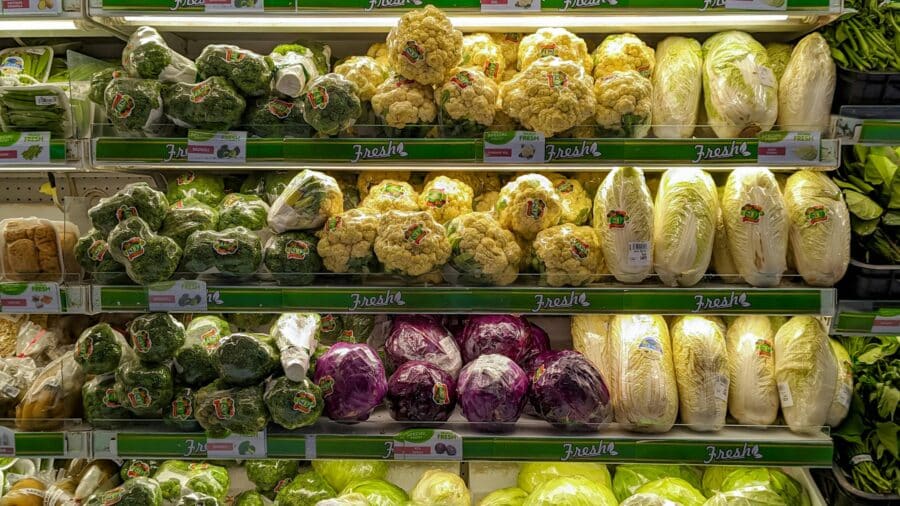
America’s veggie basket took a beating in 2024. California logged around $1.4 billion in crop losses, largely from drought and flooding. In Texas, over $3.4 billion went missing in affected crops and rangeland. Even when the weather behaved—after hurricanes or heat—recovering from lost seasons wasn’t easy, hence farmers say the margin for error is becoming razor-thin. With every shift in weather patterns, producers are scrambling to keep fields planted and shelves stocked.
Some Producers See a Glimpse of Recovery After Drought
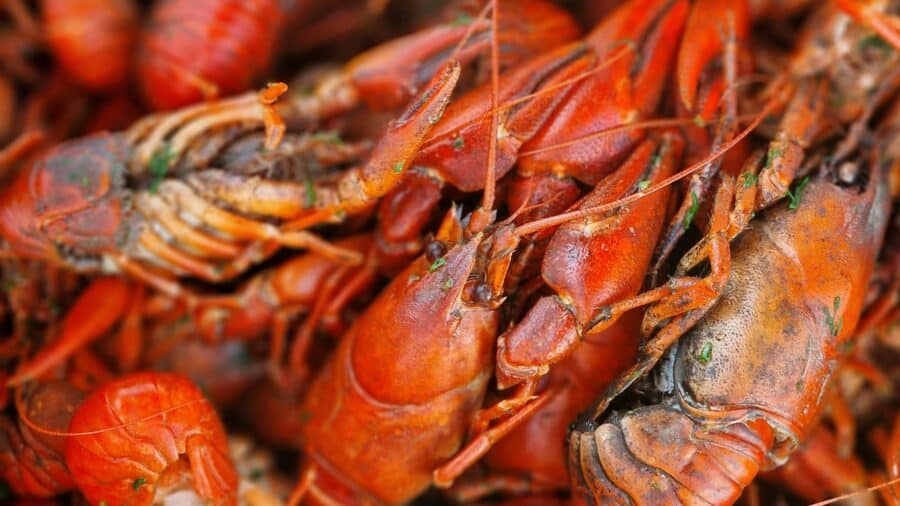
Not every farmer’s story is grim. Louisiana crawfish growers saw yields fall up to 90 percent in 2024 during the drought, dealing a $140 million blow. But when the rains returned later, their ponds refilled and signs of recovery emerged.
And by early 2025, optimism glimmered. Yet many warn future seasons could swing hard again. You know, good years don’t erase the scars drought leaves on farms and communities.
Financial Woes Impact Farming Futures Nationwide

Even before the weather worsened, U.S. farms were struggling from a financial squeeze. Rising costs for seed, fertilizer, and repairs hit while crop prices dipped in 2023 and 2024. Net farm income fell, and rural experts say many producers are questioning long-term viability. Federal programs and aid are in high demand. For many farmers, the question isn’t just “How will I survive this year?” but “Can I keep doing this next year?”
U.S. farming feels like a relentless storm

No matter where you plant—cornfields, orchards, or pastures—the pressure’s high and the footing’s shaky. But there’s grit in the soil too. Farmers are calling out for help, leaning on new strategies, and holding onto hope for next season. Their struggle is a reminder that what grows in fields is more than food. It’s resilience in plain view.
